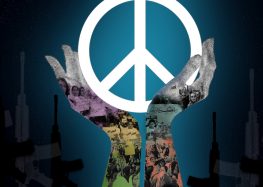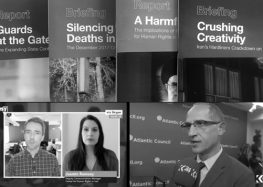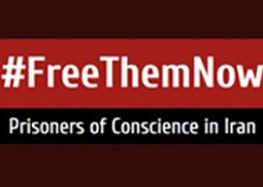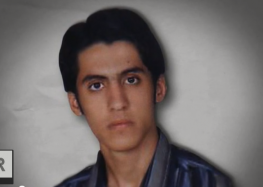Obstacles for People Who Are Deaf or Hard of Hearing
Deaf and hard of hearing persons reported that they face different barriers accessing metros and buses. Although public transportation is typically slower or sometimes not available at all, many said they use public transportation rather than taxis because of difficulties communicating with drivers.[152] Shahla, a deaf woman who lives in Tehran, said, “Sometimes the signs in the metro or bus stations are not visible, or I can’t read them quickly due to the crowd. So I miss the right station or vehicle. When I ask people for help, they make fun of me because I use sign language.[153]
Deaf and hard of hearing persons also face challenges driving. There are no standard signs to inform others that a deaf or hard of hearing person is driving a car. The SWO gives specialized car plates with the sign of a wheelchair to persons with disabilities. Sohrab, a 30-year-old deaf man, explained why this is not sufficient for people who are deaf: “What we need is a specific sign so that people can know that beeping for us does not work. Instead, they should flash their lights or use other visual ways to communicate with us.”[154]
In March 2016, a group of deaf and hard of hearing people demonstrated in front of the SWO’s main office in Tehran. Following these protests, SWO rehabilitation director Hossein Nahvinezhad signed an agreement with representatives of organizations for people who are deaf pledging to ensure the provision of car plates indicating a driver who is deaf (see the annex included in the online version of this report.




